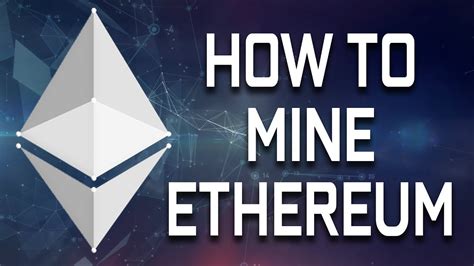Understanding Gas and Gas Limits in Ethereum
When interacting with the Ethereum network, it is important to understand how gas is allocated and limited during transactions. In this article, we will go over the basics of gas and gas limits and provide guidance on how to set them when sending a transaction.
What are gas and gas limits?
In Ethereum, “gas” refers to the number of operations required to complete a transaction on the blockchain. “Gas Limit” is the maximum amount of gas that can be allocated to an operation during a transaction.
When you send a transaction, the Ethereum network tries to find a balance between execution time and gas efficiency. The most expensive gas method is executed first, until it reaches its limit or cannot be paid in full. This ensures that transactions are executed efficiently without excessive costs.
Calculating Gas and Gas Limits
To calculate your transaction’s gas and gas limits, follow these steps:
- Transaction Parameters: Identify your transaction parameters using the contract address, sender address, receiver address, value, and other information.
- Gas Estimate: Use the Ethereum gas calculator or a library like Web3.js to estimate the gas needed for each operation in your contract.
For example:
const web3 = new Web3(url);
const txParams = {
from: account.address,
receiver: contract address,
value: 10n, // wei
};
// Estimate gas for each operation
const gasEstimates = [];
for (const op in txParams) {
const gasEstimate = estimateGas(txParams[op], web3);
gasEstimates.push(gasEstimate);
}
// Set the total gas limit
const totalGasLimit = Math.max(...gasEstimates);
Setting Gas Limits
To set the gas and gas limit:
- Check the contract gas limit: Check the contract gas limit documentation or interact with the developer to understand what is expected.
- Estimate Gas

: Use an Ethereum gas calculator or library like Web3.js to estimate the gas needed for each of your contract operations.
For example:
const web3 = new Web3(url);
// Estimate gas for a given transaction operation
const txOp = txParams["gasUsed"];
const estimatedGas = estimatedGas(txOp, web3);
// Set the total gas limit based on the estimated gas and contract gas limit
const totalGasLimit = Math.max(estimatedGas, 100000); // contract gas limit is assumed to be 100k
Best Practices
- Estimate Gas: Always estimate gas for each operation to avoid unexpected gas outages or penalties.
- Check Contract Gas Limit: Review contracts and their gas limits before deploying them on your network.
- Keep Gas Allocated Flexible: Reserve gas so that you can adjust the gas limit as needed during transactions.
By understanding how to set gas and gas limits, you can better optimize your transactions for the best performance and efficiency on the Ethereum network.
